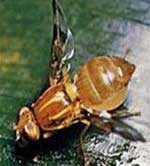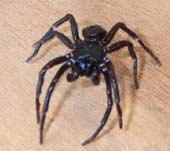Cockroaches are perhaps one of the most hated insects on Earth, and who hasn’t wished for their extinction?
Agile, darting in and out of darkness and filth, resilient, they are the nightmare of almost every cleanliness-loving citizen worldwide. Cockroaches are the “number one enemy” for many. No matter how many you squash, they will still appear at the most unexpected times, creating chaos in any home, office, or restaurant.
There are several horrific facts about cockroaches that almost everyone knows. First, they can grow up to 5 inches long, survive underwater for half an hour, and sometimes do not die even when crushed. Moreover, they have an “unsanitary lifestyle”, frequently rummaging through trash and dirty places, which means their bodies—especially their legs—carry countless bacteria and diseases.
Although they do not bite, their diseases and unsanitary nature can affect us in indirect ways that you would rather not imagine.
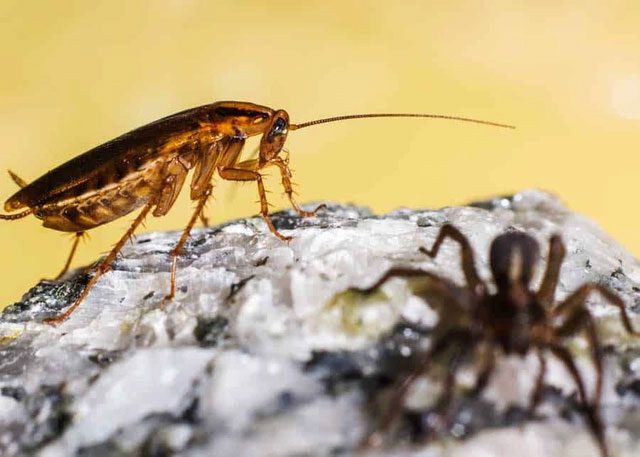
There are about 4,000 species of cockroaches worldwide, and common cockroaches are just a small part of them.
Aside from their terrifying impact on hygiene and health, they are incredibly resilient. This creature can outlast humans in nuclear disasters, adapt to various weather conditions, and reproduce at an astonishing rate. It’s no wonder they have survived for 300 million years—compared to them, humanity is just a “bunch of kids.”
Not to mention the real nightmare when they take flight. In short, everyone hates cockroaches and wants nothing to do with them, except for a few scientists or those who recognize some hidden charm in this sneaky creature.
So wouldn’t a world without them be a much better place? Not necessarily.
In addition to being food for birds and some other predators, they hold a certain significance in the ecosystem. Like every other animal that humans find annoying, cockroaches play an important role in maintaining stability on the planet.
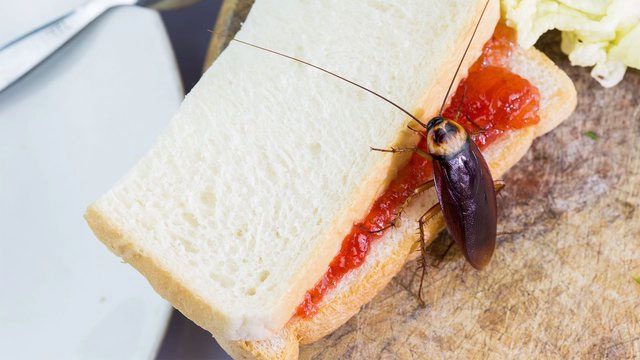
Despite hating cockroaches, we cannot deny that life on this planet needs them.
First, their dead bodies provide a rich source of organic matter for plants. Additionally, cockroach droppings are also a valuable source of nitrogen. This is especially true if you consider that scientists estimate there are between 1 to 2.8 trillion cockroaches on this planet, with an average of about 26,000 in a rundown apartment in the U.S.
If we were to lose this enormous nutritional resource, our plants could suffer significant loss and decline in coverage. But plants are not the only victims. Birds and rodents rely on cockroaches for their daily diet. Without cockroaches, these species could face substantial harm.
Then, the domino effect could kill off predators that prey on birds and rodents, such as wolves, cats, and larger birds of prey. Finally, humans also need cockroaches in ways you might not have considered, but that will soon become apparent.
According to The Star, scientists in China have made profound advancements in understanding the types of proteins found in cockroaches. They discovered that substances derived from these insects could help heal damaged skin and the membranes of organs in the human body. Cockroach farms even provide protein for livestock.
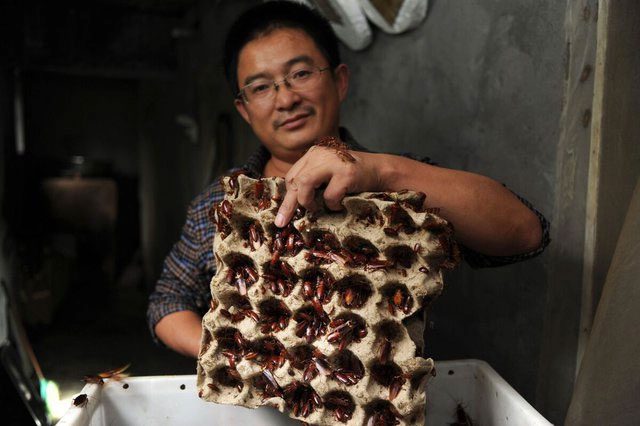
The complete disappearance of all cockroach species could destroy the delicate balance of the environment.
Cockroaches, no matter how disgusting they may seem, keep our planet alive and our soil fertile. The complete disappearance of all cockroach species could disrupt the fragile balance of the environment. Of course, if you despise them too much, then “eliminating” a few won’t hurt; after all, a single female cockroach can produce 300-400 offspring at once.








































